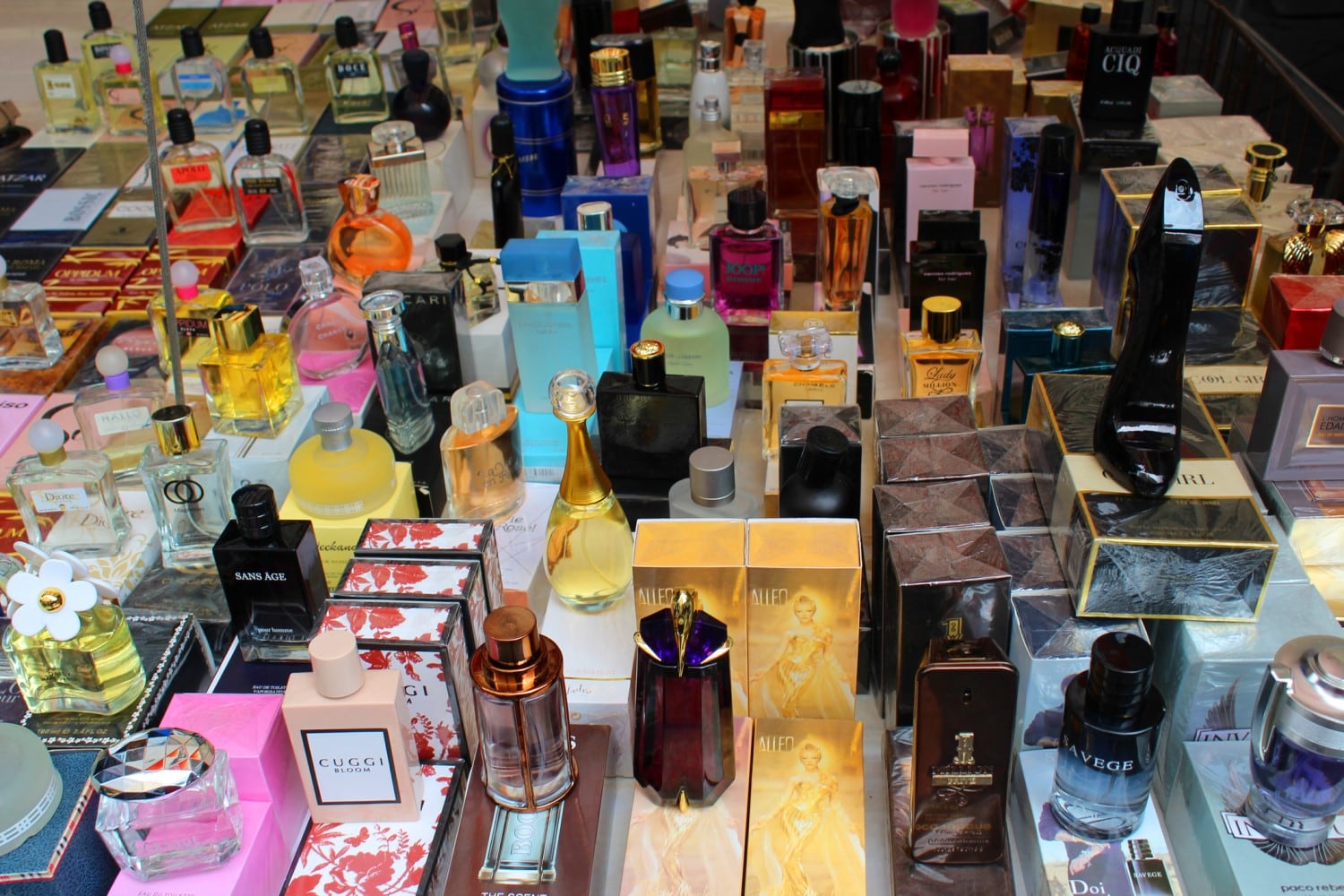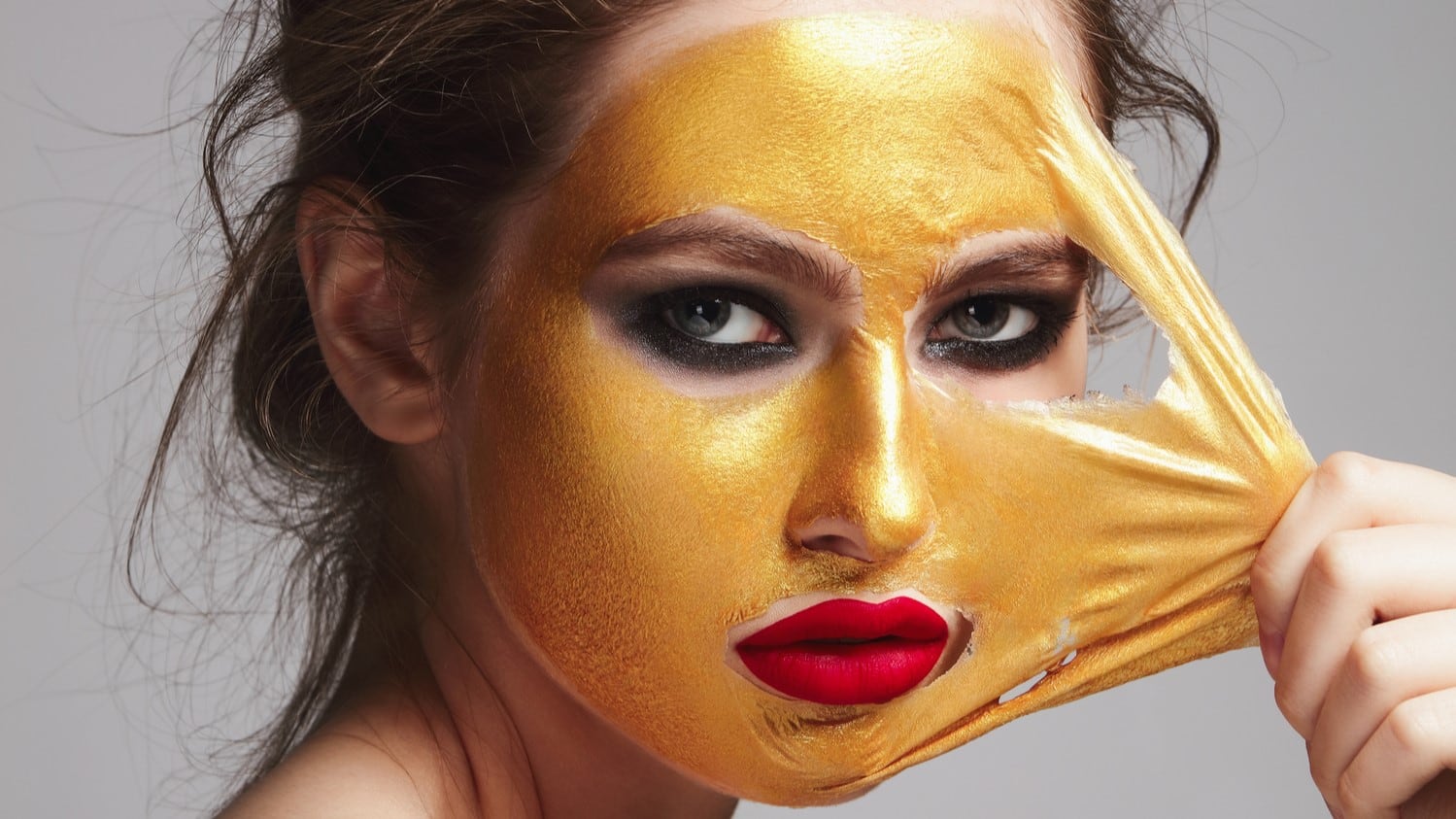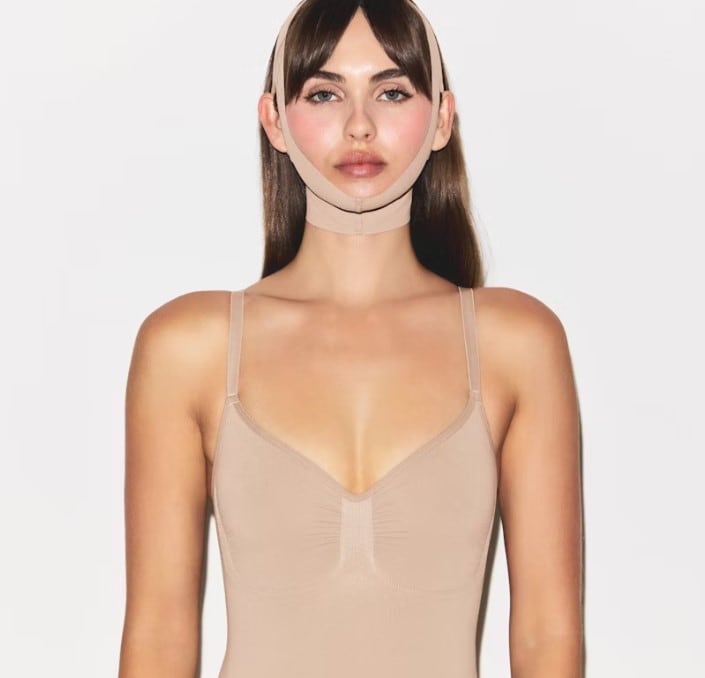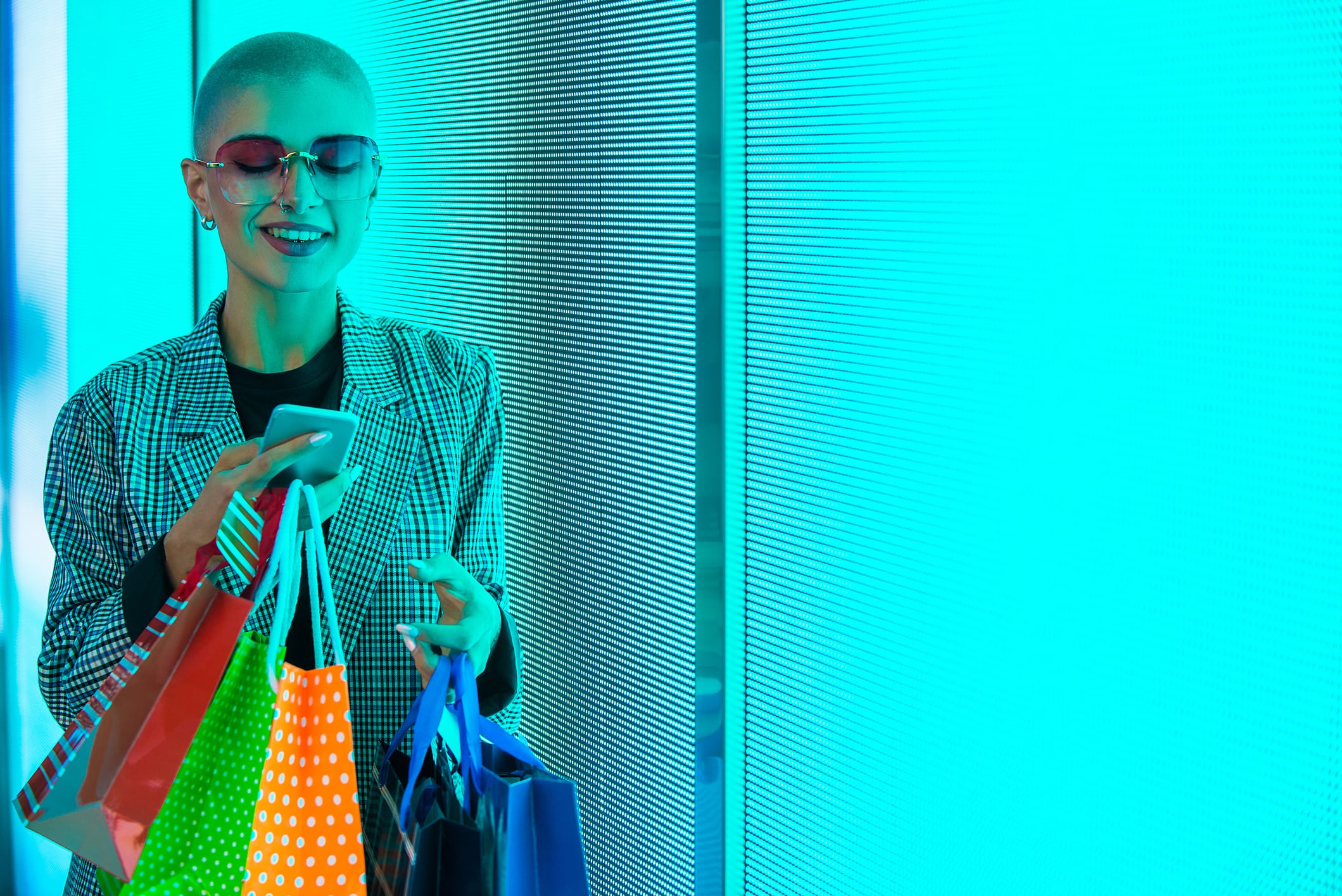With the growing popularity of new retail channels, counterfeit beauty products have become an increasingly significant issue in the beauty and personal care industry. Although fake cosmetic products have been around for decades, with more retail options than ever, the issue continues to a bigger problem.
These products are illegally dressed up with the same packaging and logo as the original in a bid to lure consumers into unwittingly buying something they don’t want. But the issue extends beyond simply tricking people to part with their hard-earned cash. They also present long-term health and safety risks to beauty and personal care shoppers.
The consequences of using counterfeit products can be grave. Fake cosmetics, perfumes and other beauty and hair products have previously been found to contain animal faeces and urine used as a stabiliser, as well as cancer-causing and toxic ingredients such as arsenic, lead and mercury, according to The Anti-Counterfeiting Group. The act of selling counterfeit goods is illegal, but more widely, CosmeticsDesign-Europe’s previous research has shown that the black market in counterfeits has been found to have links to organised crime.
Counterfeit Charlotte Tilbury, La Roche-Posay The Ordinary & more
UK-based consumer rights champion Which? recently undertook a project whereby its research team purchased 34 cosmetic products from third-party sellers across retail channels such as Amazon, eBay, Tiktok Shop and Vinted. The products were marketed under brand names including MAC, Charlotte Tilbury, La Roche-Posay, Maybelline, and The Ordinary.
The team visually checked both the packaging and formulations to compare them with the genuine products purchased from retailers that they deemed “trusted.”
In total, the researchers believed that 23 of the 34 products purchased were likely to be counterfeit (67%). Broken down by retail channel, this was six out of six bought on Vinted, four out of 11 products ordered on Amazon, eight out of 11 products purchased on eBay, five out of six products ordered from TikTok shop.
Which’s research team highlighted that “many of the dupes were difficult to spot and only became apparent when directly compared with the genuine samples.”
“The highly convincing nature of these fake products means consumers could easily be caught out, putting their health and wellbeing at risk,” said Which?.
They pointed out that, a bottle of Charlotte Tilbury Airbrush Flawless Setting Spray (RRP £32.99) purchased from Amazon for an inflated price of £37.90 looked the part from the outside, but on closer inspection Which? researchers noted “it had a cloying floral scent, distinctly different from the genuine sample.”
It also highlighted MAC’s Macximal silky matte lipstick in shade Ruby Woo (RRP £25) purchased from Vinted For £15, which arrived in packaging that was very similar to the genuine version, but when closely compared, “the lipstick bullet itself was subtly different with a smudged logo that didn’t match up with the original,” they said.
The research team also noted very obvious issues with the products they purchased, in terms of packaging and formulations.
“For example, a tube of La Roche Posay Effaclar Serum (RRP £40) purchased on Vinted for just £12 smelt like shampoo, while the sample bought from Vinted had completely different text on the side of the box,” it said.
“A tube of Maybelline Lash Sensational Sky High Mascara (RRP £12.99) purchased from Tiktok Shop for just £8.07 had an incorrect label on the bottom of the tube, and other inconsistencies in the design,” it continued.
The Ordinary product listings were some of the most popular Which? found. The two listings on eBay had collectively sold more than 2,600 items and nearly 1,000 were sold on Tiktok Shop. These were among some of the most affordable items in the investigation, with products all being sold for less than £10.
Amazon said the company has “a zero-tolerance policy for counterfeits” and that it has “proactive measures in place to prevent counterfeit products being listed.”
“Third-party sellers are independent businesses and are required to follow all applicable laws, regulations, and Amazon policies when listing items for sale in our store,” said the business.
An eBay spokesperson told Which? that the sale of counterfeit items is strictly prohibited on eBay and that it “proactively blocks millions of counterfeit items every year.”
“We use multiple layers of technology, trained investigators, and buyer protection programs to help ensure goods sold on our platform are authentic and safe,” they said.
A TikTok spokesperson said: “The sale of counterfeit items is strictly prohibited on TikTok Shop. From July to December last year, we proactively blocked over 7 million violative listings to protect customer trust and safety, and we will remove any items that breach our policies.”
A spokesperson from Vinted spokesperson told Which?: “Selling counterfeit items is strictly prohibited on Vinted and we’re committed to fighting this issue, which we recognise is a challenge for much of the beauty industry. We have policies in place to protect our members and encourage them to report any account which may be violating our guidelines, so that we can take appropriate action.”
Despite these retailers’ strict policies, there still appears to be a growing issue with counterfeit cosmetics being sold via these channels.

Dangers for beauty consumers and issues for cosmetics brands
Legitimate cosmetics products must conform to laws that ensure they are safe to use, which means they undergo safety assessments and controls and are manufactured under specific conditions, with requirements for the traceability of each product. The EU and UK have some of the strictest laws internationally for this.
For beauty brands, the issues with counterfeit cosmetics go beyond loss of earnings to potential loss of reputation if a product doesn’t do what is supposed to – or is even worse – dangerous for the user.
“Counterfeit lipsticks entice consumers with the promise of staying ahead of fast-moving beauty trends at a fraction of the price of genuine products,” said Katerina Vlachos who is senior brand protection partner at brand protection company Corsearch.
“However, the hidden health risks are often underestimated. Unlike authentic products, counterfeit lipsticks bypass strict testing and safety protocols and are often packed with harmful substances like mercury and arsenic.”
She continued: “While imitations might seem a savvy way to save money, the true cost could be your health, as using counterfeit lipsticks could cause skin irritation, allergic reactions and serious infections.”
In a report published in January 2024, the EU Intellectual Property Office estimated that lost cosmetics sales due to counterfeiting amounted to €3bn, corresponding to 4.8 % of total sales.
The French cosmetics industry is the most badly affected overall, with €800m in annual lost sales.
According to Phil Lewis who is director general at UK-based organisation, Anti-Counterfeiting Group (ACG), counterfeiting is a huge contributor to the international fraud scene.
“Criminals only have one thing in mind, money,” he stated. “The fakers of respected perfume, toiletry and beauty products are part of this and have no regard for consumer safety.”
“We have witnessed counterfeiters using toxic ingredients that they have blended in industrial machines such as cement mixers,” he continued.
“There are also widely circulating myths that fakes are genuine items that have come ‘from the same factory’. Moreover, the same people will use online sales to gain access to buyer identities and banking details, which are then used by global fraudsters.”
Beauty dupes: why do some people deliberately buy counterfeit beauty products?
The UK Government’s Intellectual Property Office (IPO) reported that 17% of UK women have knowingly purchased a counterfeit product online.
The increase in purchasing counterfeit products is likely a result of the industry value being so high and an economic downturn, as many shoppers still want access to luxury beauty products even if they have had to tighten their budgets.
Governments are now being forced to take action to push back on this issue. Last year, the UK IPO launched an awareness campaign to help tackle the consumer demand for counterfeit beauty products.
Insights produced for the IPO identified that consumers purchasing such counterfeits wrongly assumed that they were produced in similar, or even the same, conditions as genuine products and were typically unaware of the potential health risks of using them.
Photos taken during one seize of counterfeit product painted an ugly picture. While testing carried out on a selection of seized counterfeit beauty and hygiene products showed them to contain carcinogenic ingredients such as beryllium oxide and harmful heavy metals (arsenic, lead and mercury). Some samples were also found to contain rodent urine and equine faeces.





